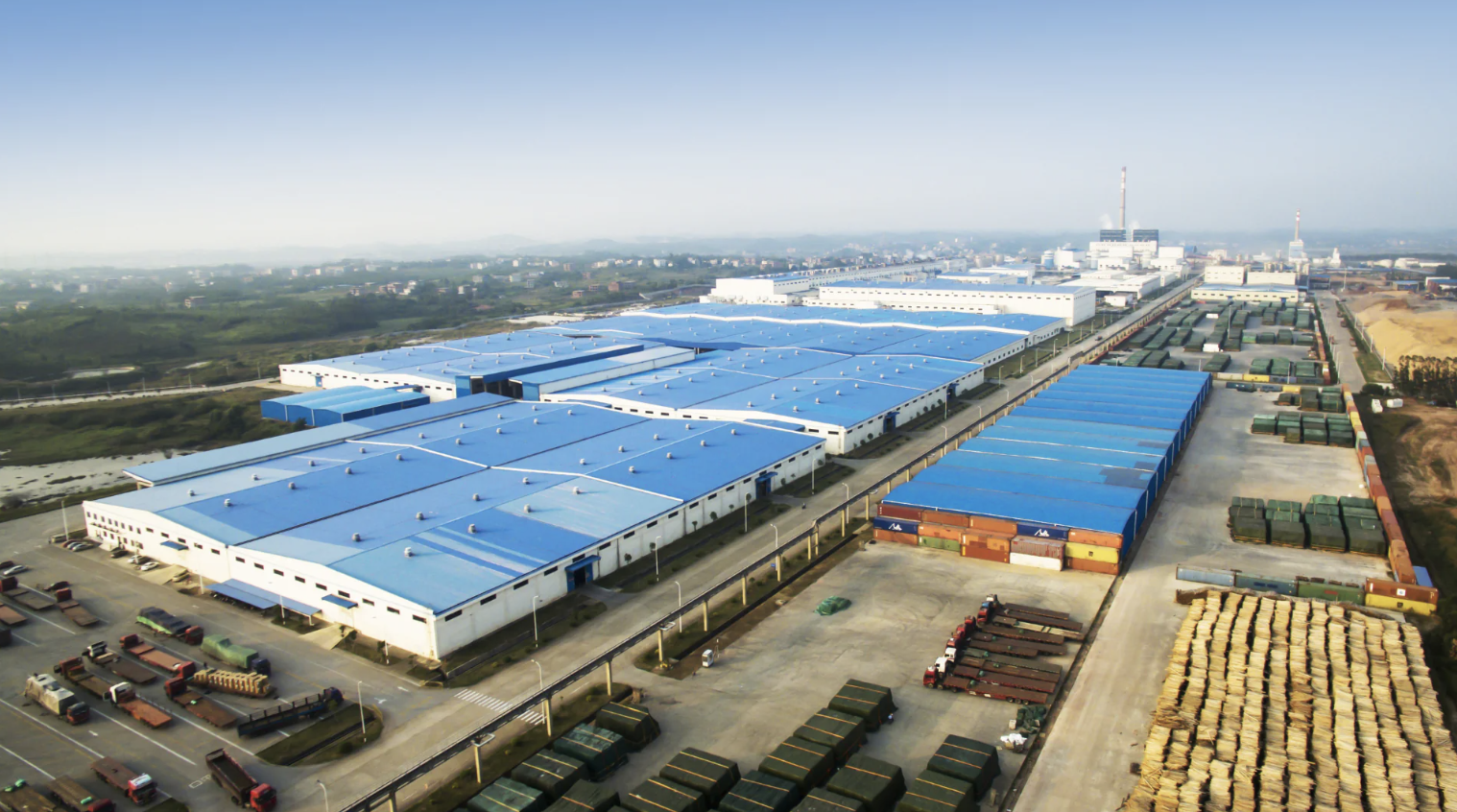How 3PL Operators Can Win In An Acquisitions-Heavy Environment
Every day, a new giant is born in the warehousing world. Or at least it feels that way. Over the last several years, the third-party logistics (3PL) industry has seen a cascade of mergers and acquisitions (M&A), leaving operators both big and small awash in new challenges and opportunities.
In 2021 and 2022, there were at least 32 major M&A deals. The resulting larger, consolidated entities are wielding an increasing share of market power, forcing smaller 3PLs to adapt or risk being displaced. Supply Chain Management Review dates this change back to early 2014, but it’s more relevant now than ever. A report from PwC states that “we believe the overall environment will continue to support robust dealmaking into 2023 and beyond” in reference to 3PL M&A activity.
With the above in mind, in this article, we will talk about what this ongoing M&A trend means for small 3PL operators. We’ll talk about the challenges first, then we’ll cover the unique opportunities that may arise from this seismic industry shift. At the end, we’ll provide an actionable plan that you can use to thrive in this M&A-heavy landscape.
How Mergers & Acquisitions Are Changing The 3PL Landscape
Through the pandemic years of 2020 and 2021, eCommerce surged in popularity while the global supply chain bowed under the immense pressure of changing consumer patterns. Larger organizations are better equipped to handle uncertainty, which drove many companies to acquire smaller ones to expand their service offers and increase market share.
While some initial issues, such as high freight costs, have eased off, M&A activity remains well above the pre-pandemic baseline. In addition, the sheer cost of complying with indirect source rule taxes, which are poised to take port cities by storm in the coming years, is much easier for large companies to handle. Put simply, the M&A trend is not going anywhere anytime soon.
For smaller 3PLs, the barriers to entry are growing. Bigger players have larger shipping networks, better technology, and more competitive postage rates. They can afford to buy and fill larger warehouses even with stratospheric rent prices. Accordingly, this ongoing trend could mean that smaller 3PLs may be displaced or acquired, while niche players handling smaller, specialized customers could find entry opportunities.
Challenges aren’t limited to just the small 3PLs, however. It’s notoriously difficult to lead a post-acquisition company. Workers must be integrated into a new company’s culture, technological systems must be trained to play nice with one another, and two different sets of processes must be reconciled into a single whole.
Yet despite these challenges, the trend towards larger, more powerful 3PL entities seems set to continue. The market volatility and intense competition that follows in its wake will remain key features of the 3PL landscape for the foreseeable future.
So what does this mean for the small 3PL operator?
How M&A Negatively Impact Smaller 3PL Operators
In an environment where M&As are pervasive, smaller 3PL operators face a multitude of challenges. At its core, the problem is simple – while there are fewer players in the industry now, the ones that remain are exceptionally strong.
Take pricing, for instance. Most 3PLs operate on tight margins, needing to cover the cost of their warehouse and the equipment within it, labor costs, postage, and supplies. Larger 3PLs spread their warehouse and equipment costs over a larger footprint, meaning the cost per square foot or cost per order is lower than smaller competitors. Similarly, larger 3PLs have more order volume, meaning they have the leverage needed to negotiate deeper discounts on postage and other necessarily supplies. Smaller 3PLs can only cut costs down so much before the effects start showing up as red entries in P&L statements.
Then there is also the issue of fulfillment network reach. The more warehouses a 3PL has, the more people it can reach within a short amount of time for a relatively low shipping cost. A single-warehouse operation based in Texas is going to have a tough time competing on the east coast when stacked up against a large 3PL operator with locations throughout the country.
More than ever, small 3PLs cannot compete on price or reach. From this limitation, however, many opportunities spring forth.
New Opportunities for 3PL Operators
As much as the M&A trend may seem to spell doom and gloom for smaller 3PL operators, that is simply not the case. In fact, when operating within an acquisitions-heavy environment, smaller 3PL operators have loads of unique opportunities.
First, there is the possibility of a strategic exit. Many small business owners live for the day their brands can be sold to a larger one for millions of dollars. Within this current M&A environment, smaller operators may wake one day to find acquisition offers sitting in their email inbox. Large players like C.H. Robinson, DHL Supply Chain & Global Forwarding, and J.B. Hunt Transport Services have been active in M&A, providing opportunities for smaller 3PLs to become part of these organizations. For some small 3PL operators, this is a tremendously attractive outcome.
For 3PL operators intent on staying in the game, though, opportunities still abound. When price and reach are no longer viable differentiators, 3PL operators are forced to be creative. Rather than focusing on cost, 3PL operators can focus on providing a premium experience with great customer service. Alternatively, 3PL operators can niche down their services and focus on one particularly difficult to fulfill niche such as apparel, pharmaceuticals, or hazmat.
The mere presence of M&A creates market volatility. When markets are volatile, little opportunities show up with every change and disruption. New gaps in the market reveal themselves, creating places for 3PL operators to find new footholds. This may sound like a broad generalization, but consider this – with every merger, at least a few clients leave, frustrated by what’s to come. Small 3PL operators can pick up those frustrated customers, hear out their concerns, and design services and processes to address them.
A 4-Step Plan for Smaller 3PL Operators in an M&A-Heavy World
If you are a smaller 3PL operator looking to make the most of this M&A-heavy environment, here is a four-step plan that you can follow to make the most of the coming changes.
1. Focus on Niche Services
In a consolidating market, niche players can handle specialized customers that might not interest larger consolidated 3PLs. Larger companies often take a “one-size-fits-all” approach. This is where you can differentiate yourself and offer something uniquely valuable.
2. Invest in Customer Service
Large companies often treat their clients like numbers. Small- and medium-sized businesses cannot do this. Focus on providing exceptional customer service and operational execution. Doing so will forge strong relationships, slash your churn rate, and supercharge customer loyalty.
3. Consider Acquisition Opportunities
Many business owners prefer to grow small companies and then sell them for a profit to larger players. Given how prevalent M&A activity is right now, founders who are interested in taking this path have a better chance than ever before. If you haven’t considered selling to a large player, spare a thought for the idea. The environment is as fertile as ever for it.
4. Watch Industry Trends
Keep an eye on trends and changes in the 3PL industry at large, as well as within your region or state. Larger companies will run into service disruptions and some may see a decrease in service quality. When that happens, that’s your chance to win over some frustrated former customers of larger players in the industry.
Take advantage of your business’s smaller size. It’s easier for small businesses to change processes and pursue new markets. For larger companies, it’s like steering an enormous freight barge.
Final Thoughts
Mergers and acquisitions are reordering the 3PL industry. But that doesn’t mean smaller 3PL operators are doomed. In fact, there are lots of opportunities for success, if you know where to look.
By focusing on niche services, maintaining exceptional customer service, and staying current with industry trends, smaller 3PLs can stay competitive. Plus, there is always the possibility of making a profit by selling to a larger company.
As intimidating as it may seem to operate in a world where supply chain giants are born every day through large corporate deals, the environment remains ripe with opportunities for those agile and innovative enough to seize them.

